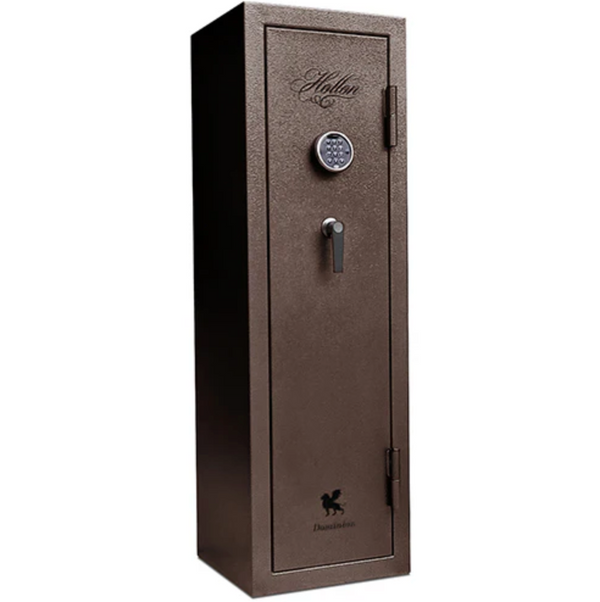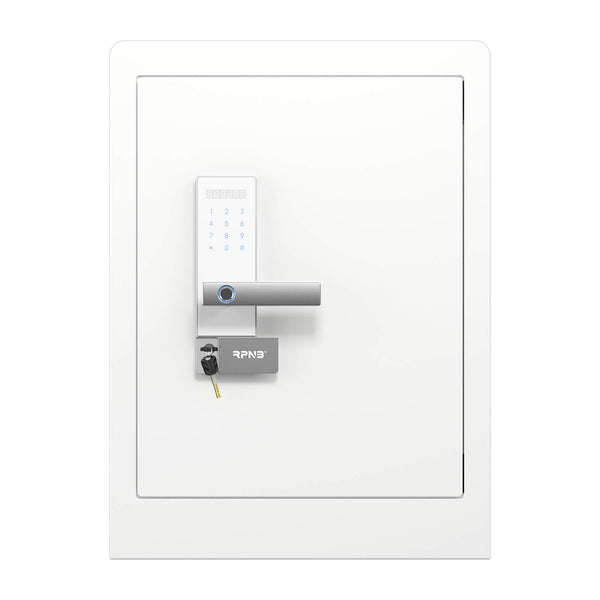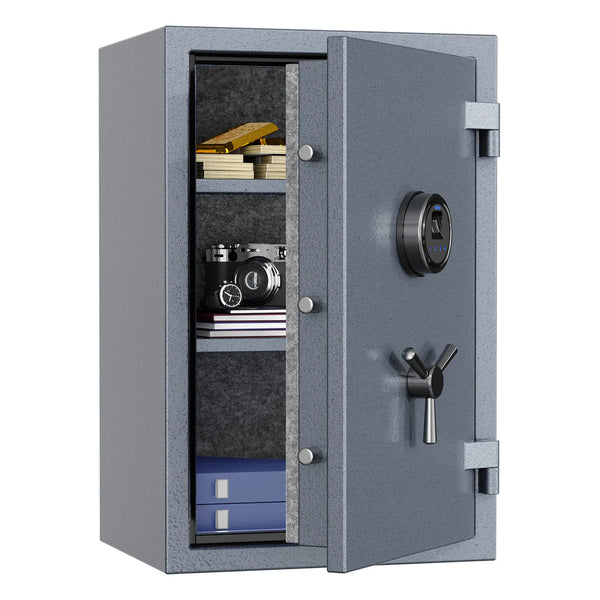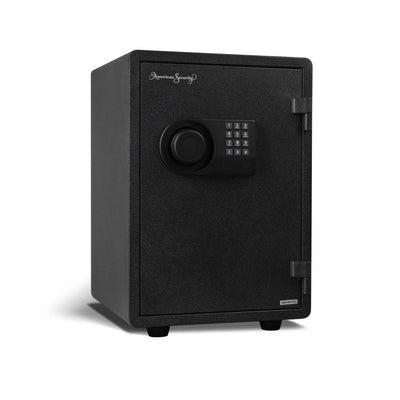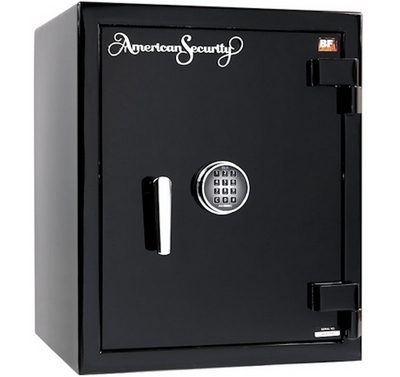
Table of Contents
- Introduction
- Definitions and Differences
- Violent Crime vs. Property Crime
- Crime Statistics
- Key Characteristics
- Prevention Tips
- Conclusion
Introduction
In our daily lives, we often hear the terms robbery, burglary, theft, and larceny, especially in the context of news reports or crime dramas. While they all relate to crimes involving property, they are distinct in their definitions and implications. Understanding these differences is crucial not only for legal professionals but also for the general public. It helps in accurately reporting incidents, discussing crime trends, and even in taking preventive measures. This article will dissect each term, explore the nuances between them, and delve into the statistics that paint a picture of their prevalence.
Definitions and Differences
Robbery:
This crime involves direct confrontation. It's the act of taking or attempting to take something valuable from a person by force, threat, or intimidation. The victim is usually present, and there's an element of danger or threat involved. A classic example is a mugging on the street.
Burglary:
Contrary to popular belief, burglary doesn't always involve theft. It's defined as unlawfully entering a building or structure with the intent to commit a crime inside, which could be theft, vandalism, or even assault. The key element here is the unlawful entry; the crime intended or committed inside is secondary.
Theft:
A broad term, theft encompasses any unauthorized taking of someone's property with the intent to deprive them of it permanently. It doesn't involve force or illegal entry, making it different from robbery and burglary. Shoplifting is a common form of theft.
Larceny:
Often used interchangeably with theft in many jurisdictions, larceny is the unlawful taking and carrying away of someone else's personal property with the intent to permanently deprive the owner. It's a legal term that's more specific than the general concept of theft.
Violent Crime vs. Property Crime


While both violent and property crimes involve illegal acts, they target different entities: people vs. possessions.
Violent Crimes:
These are crimes where the victim is harmed or threatened with violence. They include offenses like murder, rape, assault, and robbery. The primary objective is to harm or threaten the victim, even if the property is also taken in the process.
Property Crimes:
These crimes target possessions rather than people. While they can be distressing, they don't involve physical harm to the victim. Examples include burglary, theft, vandalism, and motor vehicle theft.
Crime Statistics
Frequency of Robberies
Robberies, particularly prevalent in urban settings, remain a significant concern. Data from the FBI in 2017 reveals that a robbery transpires every 1.7 minutes in the United States. Such alarming statistics emphasize the necessity of vigilance, especially in high-risk areas. Metropolitan regions with dense populations and pronounced economic disparities tend to register elevated rates of robberies. Additionally, specific periods, such as late-night hours, experience a surge in these incidents.
In 2021, the National Incident-Based Reporting System (NIBRS) data showed that 690,158 violent crime incidents were reported in the United States. This data was submitted by 11,794 law enforcement agencies and covers 69% of the total population. The data also highlighted that residences were the most common location for violent crimes, with 416,742 incidents reported. Furthermore, personal weapons were the most common type of weapon involved in these violent crimes, with 178,347 incidents.
Frequency of Burglaries
Contrastingly, burglaries, though unsettling, surpass robberies in terms of frequency. The 2017 data from the FBI indicates a burglary event every 22.6 seconds in the U.S. Such recurrent occurrences accentuate the importance of robust home security solutions. Several factors, including a home's geographical location, its visibility to neighboring houses, and the incorporation of security apparatus, play pivotal roles in determining burglary risks. A notable trend is the prevalence of burglaries during daylight, a time when residences are often unoccupied.
*** Disclaimer *** This article is intended for informational purposes only and does not constitute legal advice. If you find yourself involved in a legal situation related to these topics, it's essential to consult with a specialized attorney. Reputable criminal defense lawyers can often be found through local legal associations or the Chamber of Commerce. Rest assured, any discussions with an attorney will be confidential and protected under the attorney-client privilege.
Key Characteristics
Criteria for Robbery
When I first began my deep dive into understanding crimes, I was struck by the specific criteria that define each one. Robbery, it's not just about taking something. It involves:
Direct Confrontation:
Unlike theft, robbery requires the victim to be present during the crime.
Use of Force or Threat:
The perpetrator either uses force or threatens to use it to take something valuable from the victim.
Immediate Harm:
The victim is either harmed or is under immediate threat of harm.
Every time I read about a robbery in the news, I'm reminded of the trauma the victim must feel, being directly confronted by the perpetrator.
Criteria for Burglary
Burglary, on the other hand, has its own set of defining characteristics:
Unlawful Entry:
The perpetrator enters a building or structure without permission. This doesn't always mean breaking and entering; even entering through an unlocked door counts.
Intent to Commit a Crime:
Simply trespassing isn't burglary. The perpetrator must intend to commit a crime inside, whether it's theft, assault, or any other offense.
No Need for Victim's Presence:
Unlike robbery, burglary doesn't require the victim to be present.
Whenever I secure my home, I think about these criteria. It's not just about locking doors; it's about making my home unappealing for potential burglars.
Prevention Tips
Home Security Recommendations
Your home is your sanctuary, a place where you should feel the safest. But with rising crime rates, it's essential to take proactive measures to ensure that safety. Here are some steps I've found effective and I often recommend to friends, family, and readers:
Install A Deadbolt Lock At Home:
Deadbolt locks provide an added layer of security. They can be locked with a key from the outside and a thumb turn from the inside. It's a simple step, but always remember to lock your doors every time you leave, even if it's just for a few minutes. Shockingly, almost a third of burglaries in the U.S. occur because someone left a door unlocked.
Purchase A Burglar Alarm:
A home alarm system can be a powerful deterrent against burglaries. Ensure it fits your needs, and remember to check its functionality monthly.
Proper Exterior Lighting:
Lighting can significantly deter would-be burglars. Consider placing lights above every door and using double-cone lights at each corner of your home. This not only deters potential burglars but also illuminates any potential hiding spots.
Mark Your Property:
Use an engraver to mark your valuables. This acts as a deterrent and, in the unfortunate event of theft, helps the police identify and return stolen property.
Install Solid Doors:
Your exterior doors should be made of metal or solid wood, at least three to four inches thick. Ensure the door frames are equally robust and fit the doors well.
Stay Aware of Your Surroundings:
In today's digital age, it's easy to get distracted by our smartphones. But this distraction can make you an easy target. Whether you're walking, driving, or even sitting in a public place, always be aware of your surroundings.
Walk Confidently:
Your body language can deter potential robbers. Walk steadily, keep your head up, and avoid being bogged down with too many packages. Project confidence.
Precautions When Going Out Of Town:
If you're planning to be away for an extended period, ask a neighbor to collect your mail and occasionally check on your house. Consider using timer-switched lights to give the impression that someone is home.
Invest in a Home Safe:
Especially if you own firearms, safeguard your most valuable possessions by investing in a safe, gun safe, or safe room or vault. A good rule of thumb is to spend about 10% of the value of your possessions on a safe. With prices ranging from under $1,000 to over $10,000, there is a home safe that will meet your needs at your price. Guns are particularly susceptible to burglary and theft, so invest in a good gun safe.
General Safety Measures
Beyond the home, it's essential to be vigilant in everyday situations:
Stay Aware of Your Surroundings:
Criminals often target individuals who seem distracted or unaware. Whether you're walking in a park, waiting for a bus, or even shopping, always be alert.
Maintain Eye Contact:
It might sound simple, but making brief eye contact can deter potential criminals. It sends a message that you're aware of their presence.
Invest in Personal Safety Tools:
Consider carrying a whistle, pepper spray, or even a personal alarm. These can be invaluable in deterring potential threats.
Conclusion
Understanding the nuances between robbery, theft, larceny, and burglary is more than just a matter of legal terminology. It equips you with a deeper knowledge of the law, allowing you to better navigate situations that involve these crimes. By distinguishing between these offenses, you can also gain insights into the motivations behind each act, which can be crucial if you ever find yourself in a situation where you need to avoid, report, or describe a crime.
Furthermore, being aware of the likelihood of becoming a victim of each of these crimes can influence the precautions you take in your daily life. For instance, understanding burglary might prompt you to invest in better home security systems or be more vigilant about locking doors and windows. Recognizing the circumstances under which robberies typically occur might make you more cautious in certain settings or times of the day. In essence, knowledge is power. By educating yourself about these crimes, you're better prepared to protect yourself and your property and assist others in understanding and preventing potential threats.














